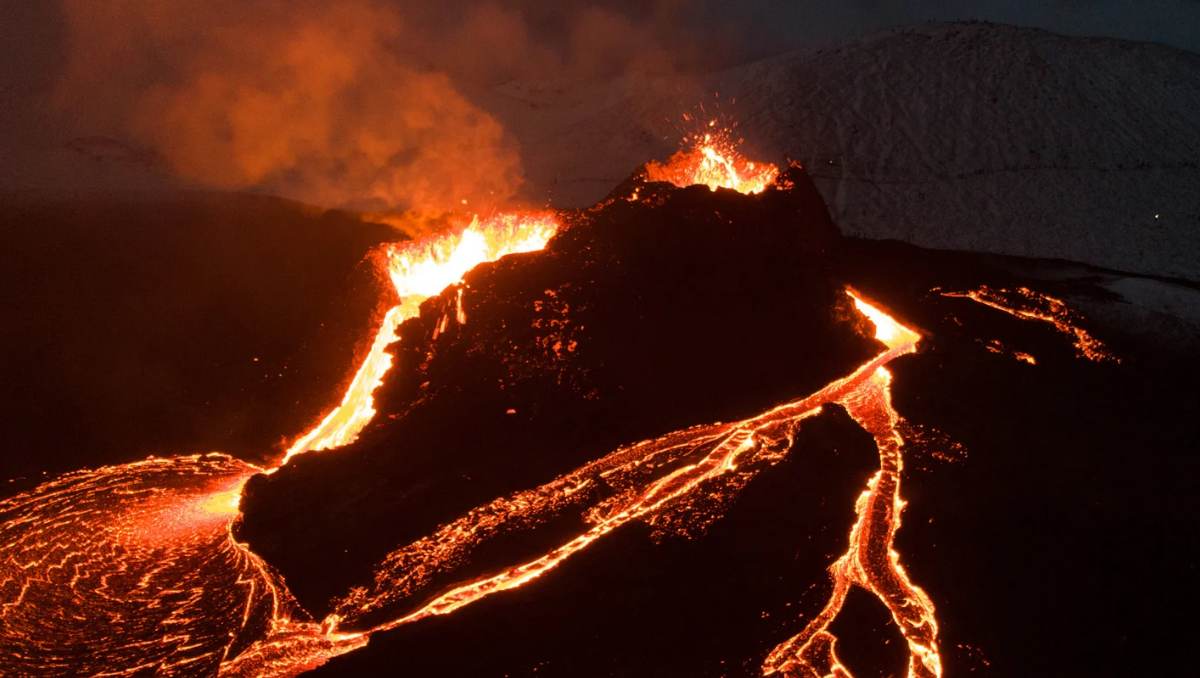Unlocking the Potential of Volcanic Energy: How Can We Harness It to Produce Electricity?
Volcanoes are powerful natural phenomena whose potential as a source of electricity is often overlooked. While volcanoes are sometimes seen as destructive forces, they can actually be used to create clean, renewable energy that could drastically reduce our dependence on fossil fuels and help fight global warming.
In this blog post, we’ll take a look at how energy from volcanoes can be tapped as an alternative energy source and discuss advantages and disadvantages of volcanic eruption.
What Is Volcanic Energy?
Volcanic energy, also known as geothermal energy or geothermal power, is energy generated through heat stored beneath the earth’s surface. The molten lava within volcanoes is heated by magma and contains many minerals which act as fuels when heated up enough. This heat provides a reliable and sustainable form of renewable energy which can be turned into electricity with the right technology.
How Can We Generate Electricity From Volcanic Energies?
Electricity can be generated from volcanic energies in several ways depending on the location of the volcano and its activity level. The most common way of generating electricity from volcanic activity is through magma-fired power plants where hot steam is extracted from underground rocks and then directed to a turbine to generate electricity. Another method involves using the pressure created by molten rock movement to turn turbines, creating kinetic energy that can also be converted into electricity.
Advantages and Disadvantages of Using Volcanic Energies
Using volcanic energies for generating electricity has several advantages over traditional methods such as fossil fuel burning or nuclear power generation.
Firstly, it is 100% renewable so it does not deplete natural resources like other sources of energy do; secondly, it has virtually zero emissions so there would be no need for carbon capture technologies; thirdly, it produces relatively low levels of hazardous waste products; fourthly, it is widely available in many parts of the world making it a good option for remote communities who have limited access to other forms of energy; fifthly, its operating costs are lower than those associated with most thermal power plants.
Despite all these advantages however, there are also some disadvantages associated with using volcanic energies for electricity generation.
First off, installation costs are very high due to the need for specialized equipment and installations that must take place close to active volcanoes – this makes them less attractive than other forms of alternative lighting sources such as solar power or wind turbines which require no such investment in infrastructure;
Secondly, environmental impacts must also be considered when harnessing volcanic activities – unexpected eruptions could have catastrophic consequences which would make the use of volcanic energies a risky undertaking;
Finally, seismic activity should always monitored closely since even small tremors could damage plants or result in dangerous gases being released into the atmosphere from underground vents near active volcanoes..
Conclusion
In conclusion then there is no denying that harnessing volcanic energy could provide an important source of renewable electricity with significant future potential if developed further.
However this technology still presents numerous challenges including high installation costs and environmental risks which means further research will need to be done before any large-scale implementations can take place.
Nevertheless given current trends towards renewables we can expect to see more attempts at tapping into this amazing form of energy in years come – hopefully paving the way for an electrifying future!


So, I tried zt9398bet, and it’s okay. Seems pretty standard. See for yourself if you like it by clicking zt9398bet! Good luck!